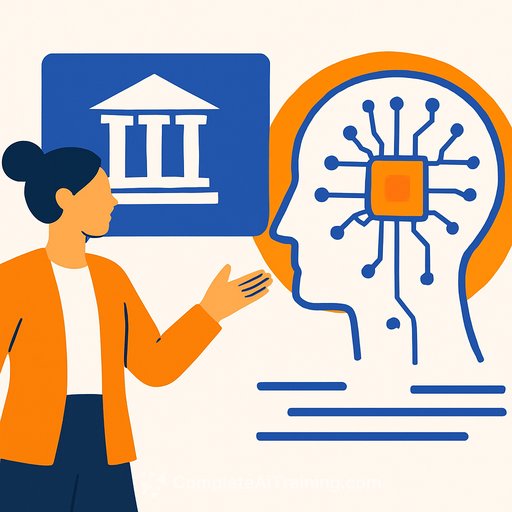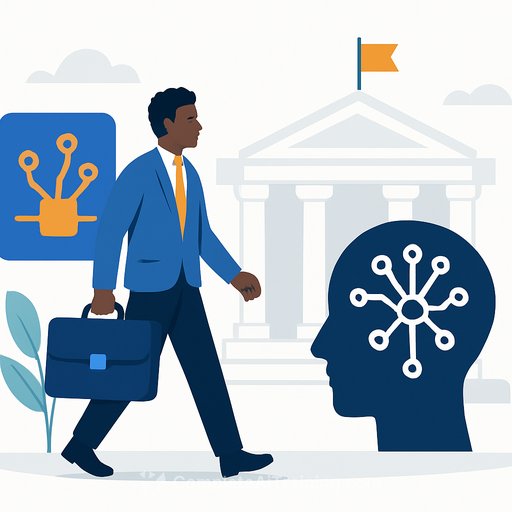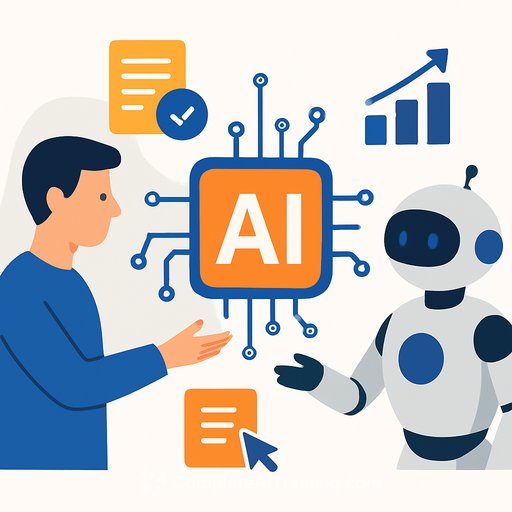Rescuing Democracy From The Quiet Rule Of AI
The biggest AI risk isn't a rogue superintelligence. It's how quickly we hand off judgment to systems that don't see us as people - only as data points.
We've been trained for this handoff. Representative democracy already runs on deference: we vote occasionally, then specialists and bureaucracies run the show. AI slips into that gap and makes the drift effortless.
The Deference Trap We Already Live In
Modern government depends on experts for good reasons. But that habit spreads to moral and distributive choices that should stay political. When an algorithm becomes the default, the human turns into a clerk who "accepts the output."
It has consequences. In the Netherlands, welfare-fraud algorithms flagged thousands of innocent families, helping trigger a national resignation in 2021. Efficiency without contestability is a liability, not a win. Read the case.
Recognition Is The Point
People don't only want services; they want acknowledgment. They want a system that looks them in the eye and says: your voice counts.
An algorithm can't do that. Even a perfect explanation is still an imposition if there's no path to challenge or change the outcome. That vacuum breeds anger, stories of conspiracies and a politics of permanent grievance.
Use AI To Expand Agency, Not Replace It
The question isn't "AI or no AI." It's whether AI substitutes for public judgment or expands it. Used well, it cuts the cost of participation, translation, summarization and coordination.
Taiwan's open platform, vTaiwan, uses machine learning to surface consensus and clarify disagreements so people and policymakers can focus on what matters. The tool informs debate; it doesn't hand down policy. See how it works.
Citizens' assemblies show another path. They're slower and costlier, but they produce legitimacy because people do the thinking together. AI can record, transcribe, cluster themes and connect small rooms to the wider public without taking the final step of deciding.
Friction Is A Feature
We've lost many face-to-face venues for shared judgment - local papers, clubs, assemblies. Digital feeds give us exposure, not context, and almost no say in how decisions get made.
Rebuilding forums will be slower than pushing a button. Do it anyway. The "handrail" of friction keeps citizens from sliding into passive acceptance.
Obeying In Advance
People adapt to machines. Give them an AI summary at the top of search and many will stop there. That habit - accepting the first output - bleeds into civic life if we let it.
History shows how technical processes can drain moral judgment. The risk now isn't theatrical tyranny. It's quiet compliance at scale.
A Policy Playbook For Public Leaders
Goal: Build systems where AI improves throughput, but people keep authority, dignity and recourse.
- Human accountability by default: Name a responsible official for every AI-supported decision flow. Keep audit logs of who reviewed what, when and why.
- Contestability and appeal rights: Guarantee a human review for adverse, high-impact decisions (benefits, housing, health, justice). Publish clear appeal steps and deadlines.
- Algorithmic Impact Assessments (AIA): Before deployment, assess purpose, stakes, data sources, subgroup error rates, and failure modes. Publish a public summary.
- Minimum viable transparency: Decision notices should state if AI was used, key factors considered, known limitations, and how to challenge the result.
- Human-in/on/over-the-loop: Define thresholds where AI assists, recommends or is blocked. Require manual confirmation for high-stakes denials. Include a kill switch.
- Procurement guardrails: No black boxes for high-impact use. Require model cards, evaluation results, audit rights, incident reporting and indemnification. Pilot in sandboxes first.
- Participatory design: Use open comment windows, mini-publics and online deliberation. Let AI translate, summarize and cluster input - never finalize policy.
- Measure what matters: Track appeal rates, override rates, subgroup accuracy, time to resolution and user satisfaction. Publish dashboards.
- Data hygiene: Limit features to what's relevant. Document provenance and consent. Rotate models and regularly test for drift and bias.
- Training and literacy: Teach staff when to trust, question and override AI. Offer accessible learning paths for public-facing teams and managers. For structured upskilling, see AI courses by job.
- Hard stops: Prohibit fully automated adverse decisions in sectors like welfare, healthcare eligibility, criminal justice and eviction.
90-Day Implementation Sprint
- Week 1-2: Inventory every algorithm touching the public. Classify by impact: low, medium, high.
- Week 3-4: Freeze auto-denials in high-impact flows until human review is in place. Stand up an appeals hotline and web form.
- Week 5-6: Publish an AIA template. Run pilots on two high-impact and two medium-impact systems. Begin logging overrides and reasons.
- Week 7-8: Launch a public registry of AI uses with plain-language summaries and contacts. Convene a small citizen panel to review one pilot.
- Week 9-10: Add model cards and evaluation summaries to the registry. Negotiate procurement addendums for audit and incident terms.
- Week 11-12: Release the first metrics dashboard. Hold an open briefing on lessons learned and next steps.
The Choice
Down one path, algorithms become the final word, and citizenship shrinks to a spectator role. Down the other, we bake participation and contestability into every system that touches the public - and accept some mess as the cost of freedom.
AI will amplify the habits you choose. Keep judgment human. Use machines to widen the circle, not close it.
Your membership also unlocks:






